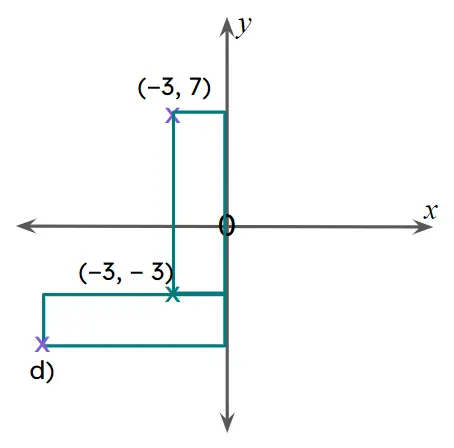Myths about teaching can hold you back
- Year 6
Solve problems involving missing coordinates
I can solve problems involving missing coordinates
- Year 6
Solve problems involving missing coordinates
I can solve problems involving missing coordinates
These resources will be removed by end of Summer Term 2025.
Switch to our new teaching resources now - designed by teachers and leading subject experts, and tested in classrooms.
These resources were created for remote use during the pandemic and are not designed for classroom teaching.
Lesson details
Key learning points
- Coordinate grids are not always presented with grid lines, and the axes are not always fully-labelled.
- When this is the case, it is essential to consider the known coordinates to work out missing coordinates.
- Missing coordinates sometimes appear on the same horizontal or vertical line as known coordinates, so they are the same.
- Sometimes we need to use known vertices to calculate unknown side lengths when working out missing coordinates.
Keywords
Congruent - If two shapes are the same shape and size as each other, they are congruent.
Vertex / vertices - A vertex is where two or more line segments meet. The plural is vertices.
Common misconception
Pupils need to have proficiency in bridging across zero with negative numbers, in the range of −10 to 10. Grid lines that might help to support such calculations are not given in this lesson.
Pupils not secure will need a resource within the lesson to support their calculations, such as a number line going from −10 to 10.
To help you plan your year 6 maths lesson on: Solve problems involving missing coordinates, download all teaching resources for free and adapt to suit your pupils' needs...
To help you plan your year 6 maths lesson on: Solve problems involving missing coordinates, download all teaching resources for free and adapt to suit your pupils' needs.
The starter quiz will activate and check your pupils' prior knowledge, with versions available both with and without answers in PDF format.
We use learning cycles to break down learning into key concepts or ideas linked to the learning outcome. Each learning cycle features explanations with checks for understanding and practice tasks with feedback. All of this is found in our slide decks, ready for you to download and edit. The practice tasks are also available as printable worksheets and some lessons have additional materials with extra material you might need for teaching the lesson.
The assessment exit quiz will test your pupils' understanding of the key learning points.
Our video is a tool for planning, showing how other teachers might teach the lesson, offering helpful tips, modelled explanations and inspiration for your own delivery in the classroom. Plus, you can set it as homework or revision for pupils and keep their learning on track by sharing an online pupil version of this lesson.
Explore more key stage 2 maths lessons from the Area, perimeter, position and direction unit, dive into the full primary maths curriculum, or learn more about lesson planning.

Licence
Prior knowledge starter quiz
6 Questions
Q1.Match the coordinate to the quadrant where it can be found.
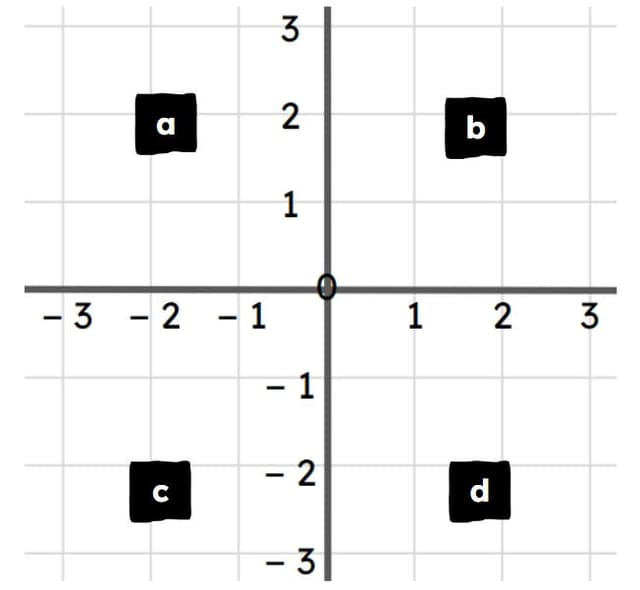
(−4,5)
(5,4)
(−5,−4)
(4,−5)
Q2.What is the coordinate that has been plotted on the grid?
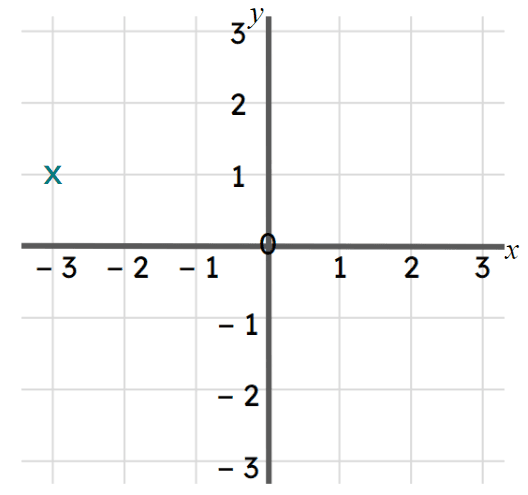
Q3.Which of these correctly shows the reflection of the unshaded shape in the y-axis?
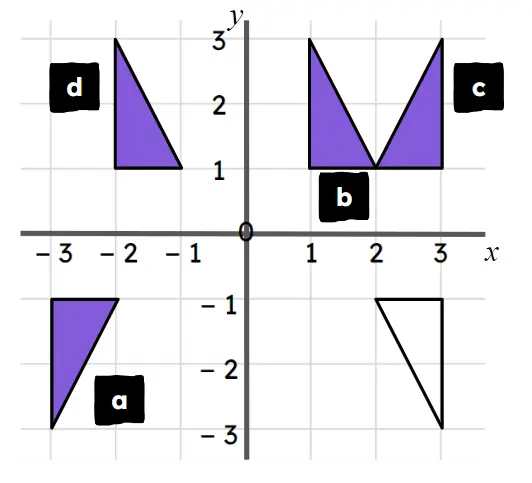
Q4.Which of these best describes translation?
Q5.Subtract 5 from 2 and complete the equation 2 − 5 =
Q6.Add 10 to −4 and complete the equation − 4 + 10 =
Assessment exit quiz
6 Questions
Q1.The vertices of a square have been plotted. What is the missing x value?
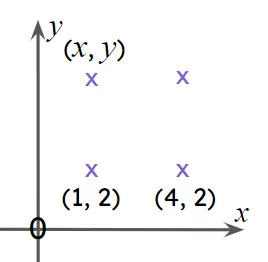
Q2.The vertices of a square have been plotted. What is the missing y value?
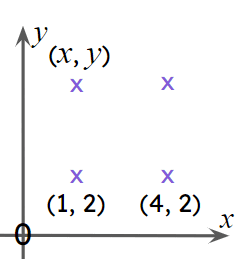
Q3.If you know the x and y coordinates of vertex a, what other coordinates do you know?
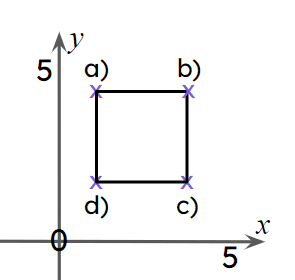
Q4.Two congruent rectangles have been placed on a coordinate grid. Is there enough information to work out the missing coordinates?
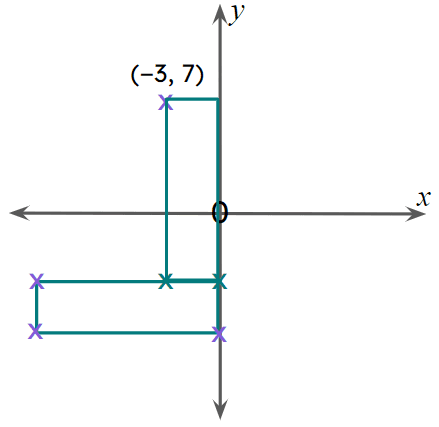
Q5.What is the coordinate of vertex a?
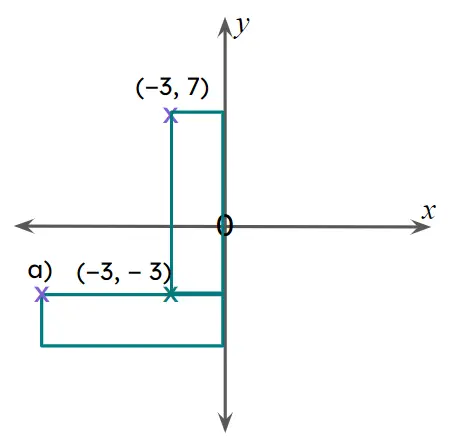
Q6.What is the coordinate of vertex d?
